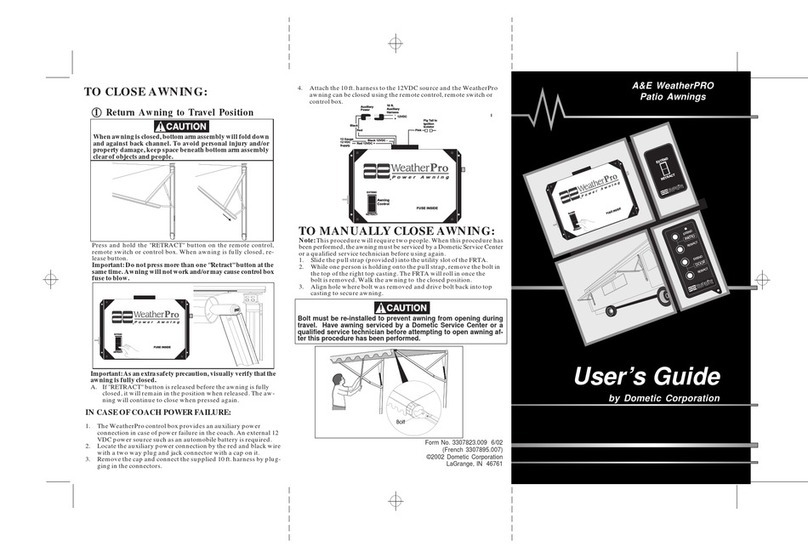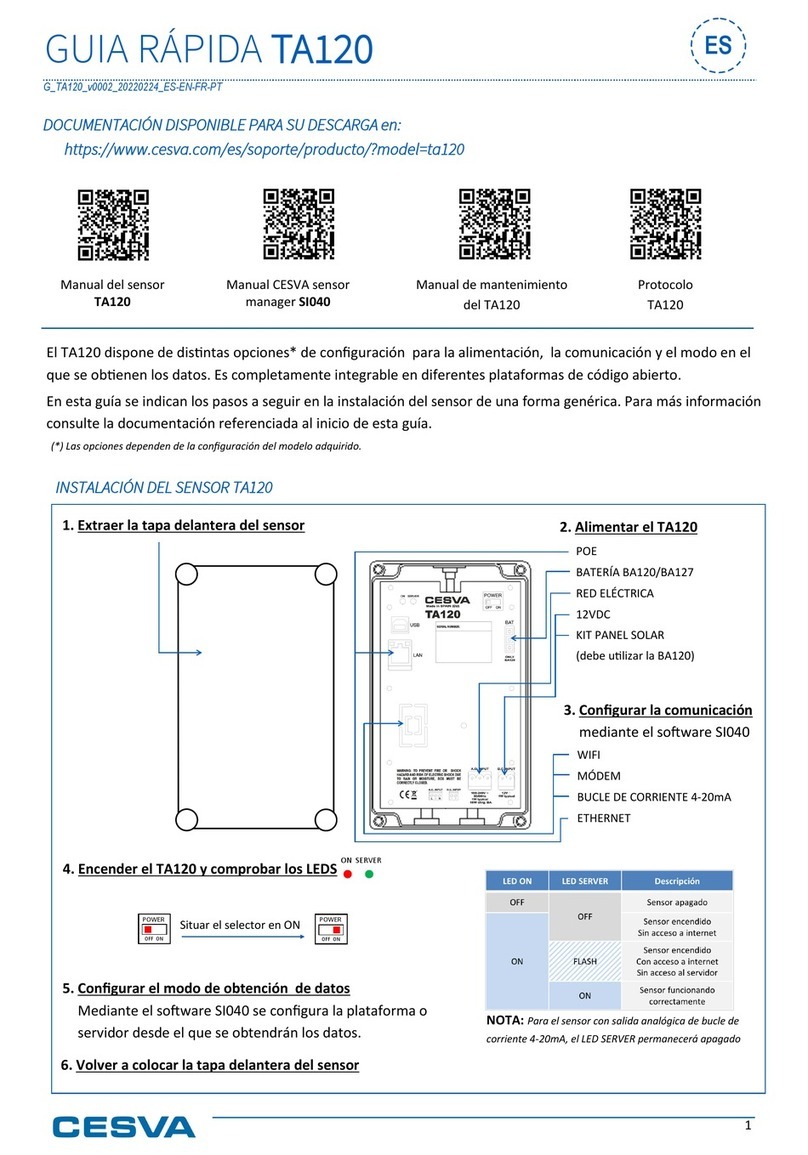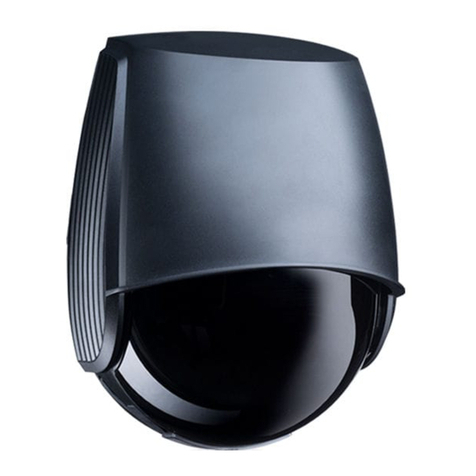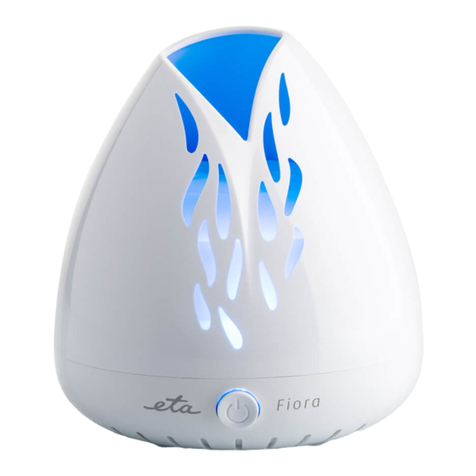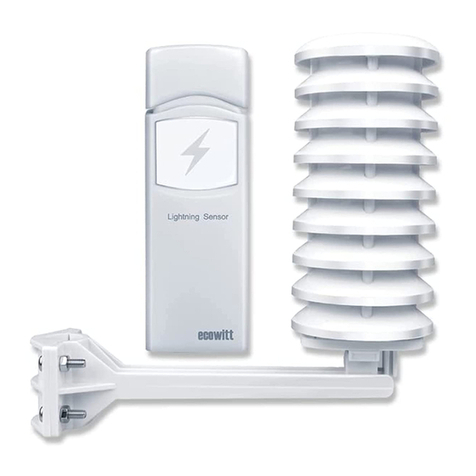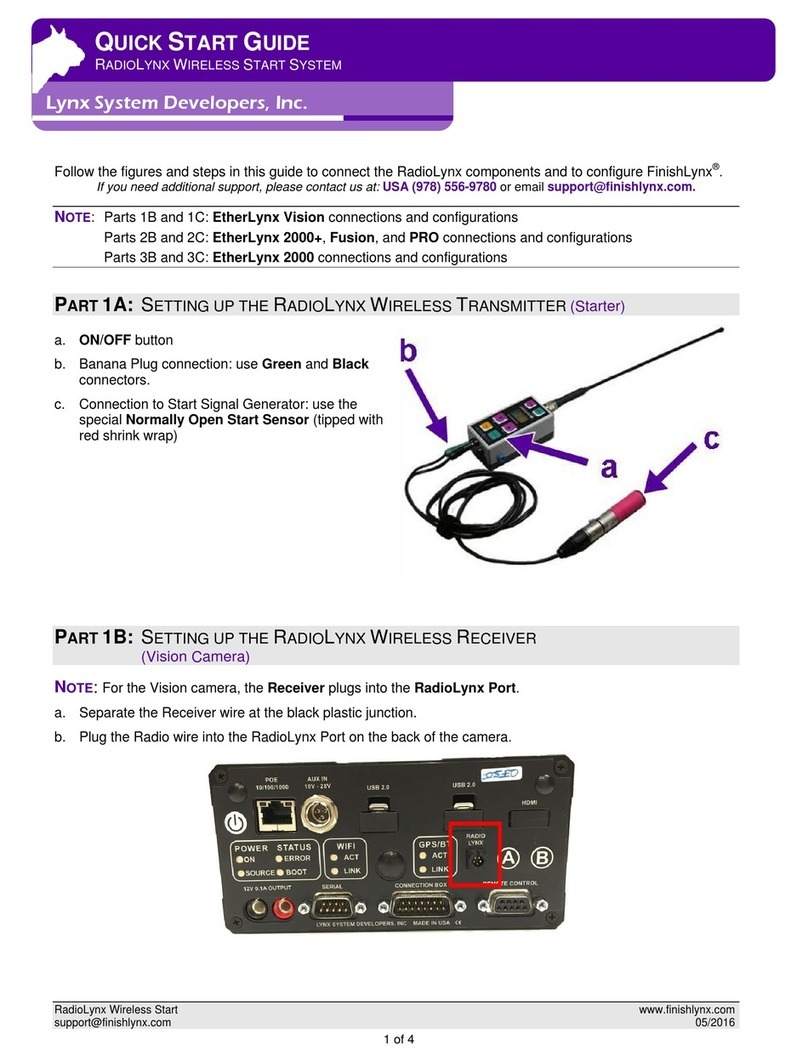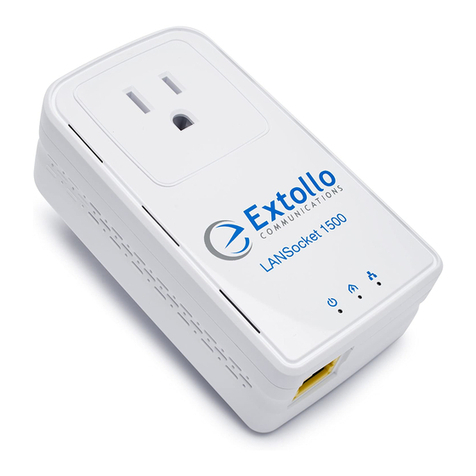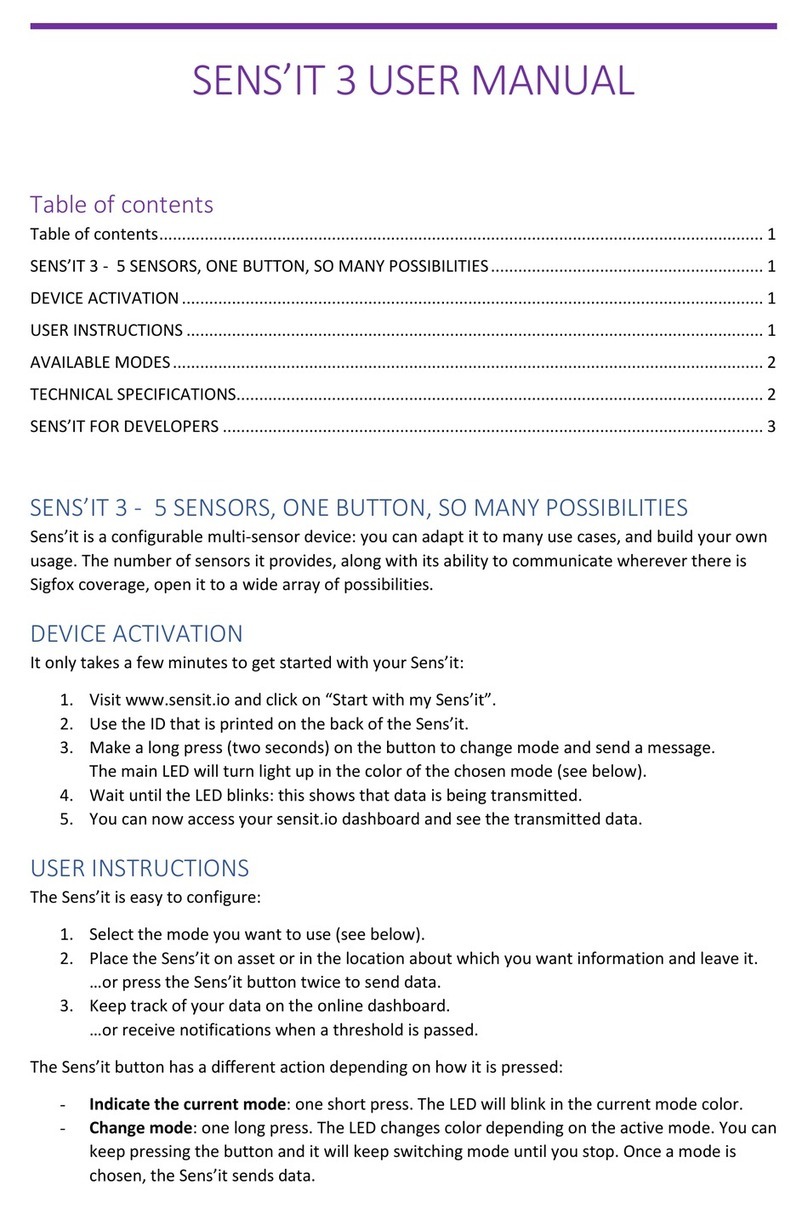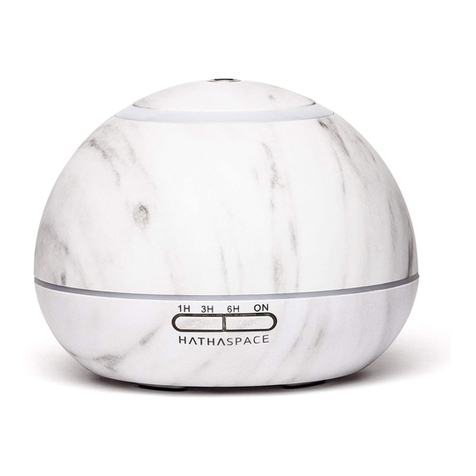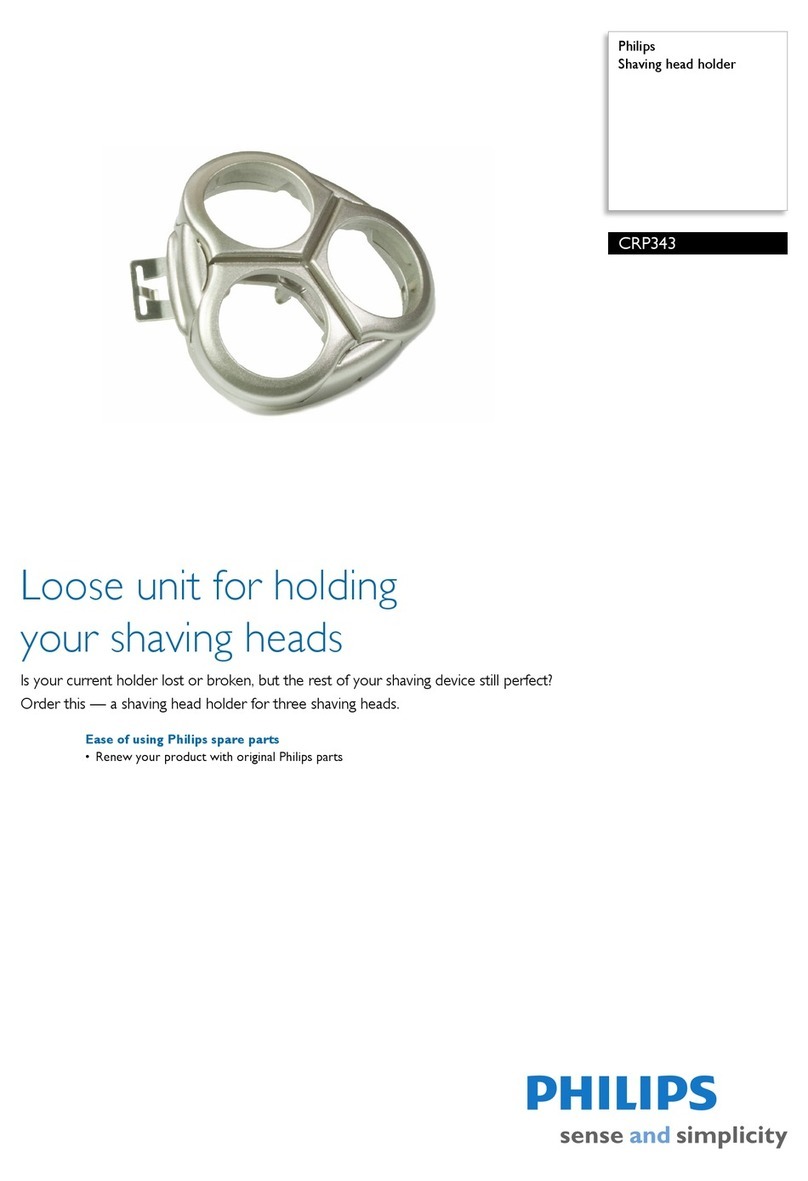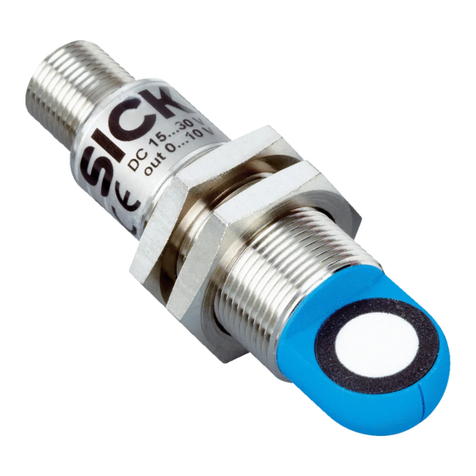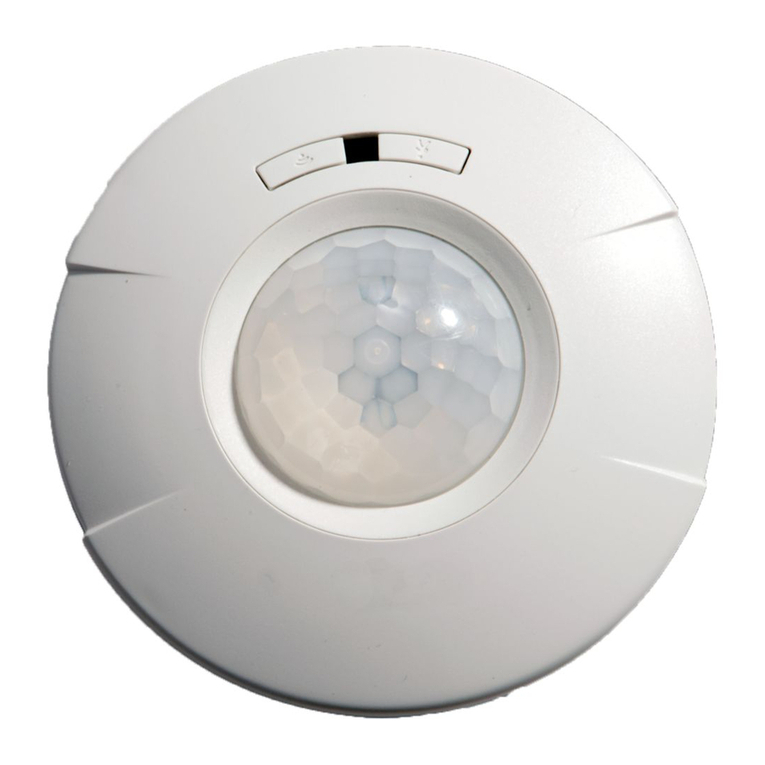Newport 2101 User manual

USER’S GUIDE
High-Dynamic-Range
Power Sensors
Models 2101 & 2103
These power sensors are sensitive to electrostatic
discharges and could be permanently damaged if
subjected even to small discharges. Ground your-
self adequately prior to handling these detectors or
making connections. A ground strap provides the
most effective grounding and minimizes the
likelihood of electrostatic damage
phone: (877) 835-9620
e-mail: tech@newport.com • www.newport.com

Warranty
Newport Corporation guarantees its products to be free of defects for one
year from the date of shipment. This is in lieu of all other guarantees,
expressed or implied, and does not cover incidental or consequential loss.
Information in this document is subject to change without notice.
Copyright 2022, Newport Corporation. Allrights reserved.
The New Focus logo and symbol are registered trademarks of Newport
Corporation
Document Number 90099910 Rev. A

Models 2101 & 2103 Contents • 3
Contents
Operation 5
Introduction . . . . . . . . . . . . . . . . . . . . . . . . . . . . . . . . . . . . . . . . . . . 5
Basic Operating Information . . . . . . . . . . . . . . . . . . . . . . . . . . . . 6
Details of Operation . . . . . . . . . . . . . . . . . . . . . . . . . . . . . . . . . . . . 6
Characteristics 13
Physical Specifications . . . . . . . . . . . . . . . . . . . . . . . . . . . . . . . . . 13
Characteristics. . . . . . . . . . . . . . . . . . . . . . . . . . . . . . . . . . . . . . . . . 14
Customer Service 16
Technical Support . . . . . . . . . . . . . . . . . . . . . . . . . . . . . . . . . . . . . 16
Service . . . . . . . . . . . . . . . . . . . . . . . . . . . . . . . . . . . . . . . . . . . . . . . . 16

4 • Contents
This page has been intentionally left blank

Models 2101 & 2103 Operation • 5
Operation
Introduction
Models 2101 and 2103 High-Dynamic-Range Power
Sensors are sensitive optical receivers with logarithmic
conversion circuitry to provide an analog output
spanning a range of more than 70 dB of optical input
power. Designed for use in swept-wavelength optical
loss measurement, the fast rise and fall times allow
measurements at speeds of 100 nm/s and beyond. For
Model 2103, the provided calibration data enables
accurate absolute power measurement over the wave-
length range from 1520 nm to 1620 nm.
Outside of the calibrated band, both the Model 2101
and Model 2103 work well as relative power sensors.
The logarithmic output provides a conversion gain of
50 mV/dB of optical power, so the full range of the sen-
sor can be converted to a digital signal with better than
0.01-dB resolution using a single
14-bit, 5-V conversion. This simplifies data collection,
eliminating the need for user-controlled gain switch-
ing and multiple-laser sweeps. As a result, data can be
taken more quickly and without the added accuracy
concerns that result from stitching errors between
multiple sweeps.
The fast analog response is also useful for viewing
high-range signals on an oscilloscope, making the
Model 2101 and 2103 good tools for general lab use.
Multiple units can be bolted together and their power

6 • Operation
cables daisy-chained for testing of multi-channel
devices and rack mounting.
Basic Operating Information
1. Multiple units may be bolted together using screws
found in threaded storage holes in the bottom of the
unit. Power connections can be daisy-chained from
one unit to the next using the short cables provided.
2. The Model 2101 accepts free space light input;
FC/PC and FC/APC fiber inputs are available with the
Model 1281 fiber adapter accessory. The Model 2103
accepts both FC/PC and FC/APC input connectors.
3. A ±15-V, 75-mA power supply is required.
In daisy-chained applications with Npower sensors,
the power supply should be rated for Ntimes 75 mA.
4. The output is an analog voltage with a gain
of 50 mV/dB of input light. For the Model 2101,
a 3.5-V output typically corresponds to
approximately 2 dBm of input optical power
at 920 nm. A 3.5-V output corresponds to
approximately 0 dBm of input power at
1550 nm for the Model 2103.
5. For the Model 2103, calibration information for
precise measurements in the 1520-nm to 1620-nm
range are provided on a sheet of paper found in the
back of the manual.
Details of Operation
Optical Input
The Model 2101 accepts both free space and FC fiber
input. A 5-mm diameter photodiode makes the free
space light easy to align.

Models 2101 & 2103 Operation • 7
The Model 2103 accepts both FC/PC and FC/APC input
connectors. The fiber illuminates a 1-mm photodiode
at sufficiently close range so that all the light is
detected from both fiber types. The fiber is perpendic-
ular to the diode so that the non-angle-polished input
fibers result in the specified polarization dependence
of <0.02 dB.
The typical wavelength dependence of the response is
shown in Figure 1 for Model 2101 and Figure 2 for
Model 2103, respectively. The vertical axis is in optical
dB, and the horizontal axis is in optical wavelength µm.
Figure 1:
Wavelength
response of
Model 2101 vs.
wavelength.
Figure 2:
Wavelength
response of
Model 2103 vs.
wavelength.
Wavelength,
µ
m
dB
0.20 0.40 0.60 0.80 1.00 1.20
–8
–6
–4
–2
0
0.7 0.9 1.1 1.3 1.5 1.91.7
Wavelength, µm
2
0
-2
-4
-6
-8
-10
-12
dB

8 • Operation
Calibration Data (Model 2103 Only)
To correct for wavelength response of the photodiode,
calibration information is provided on a sheet of paper
found in the back of the manual. These are the offsets
(in volts) which must be subtracted from measured
values in order for a 0-dBm input to produce 0 V at the
output. Input optical power is then given by
P(dBm) = 20 x (Vmeas – Vcal)
Warm-up Time
Active temperature stabilization of the photodiode
and critical circuit components requires a warm-up
time of about five minutes for full accuracy. Within
this period, the status light (for Model 2103) changes
from red to green and the output varies by several dB
as the temperature stabilizes. Failure of the status light
to turn green indicates the ambient temperature is
outside the operating range, and Model 2103 may not
give accurate readings. Model 2101 has no status light.
Output Signal
The output of the Models 2101 and 2103 is an analog
voltage with a gain of 50 mV per dB of input light. For
Model 2101, a 3.5-V output corresponds to
approximately 2 dBm of input power at 920 nm; the
accuracy degrades for signals outside the specified
range of 0.4 V to 3.7 V (-60 dBm to +6 dBm). For the
Model 2103, a 3.5-V output corresponds to
approximately 0 dBm of input power at 1550 nm.
While the output range is about -0.2 V to 3.75 V
(-74 dBm to +5 dBm), accuracy degrades for signals
outside the specified range of 0.4 V to 3.7 V (-62 dBm
to +4 dBm). The unit must be connected to a high-
impedance load; it cannot drive a 50-ohm load.

Models 2101 & 2103 Operation • 9
Measurement Speed
The Models 2101 and 2103 have three filter settings (1,
5, and 25 kHz) to reduce noise when speed of response
is not critical. The fastest setting results in a 0-100%
small signal rise time of 30 µs and an analog
bandwidth in excess of 25 kHz. At this speed, the
Models 2101 and 2103 can be used to measure narrow
optical filters at wavelength sweep speeds of 100 nm/s.
To determine whether a slower filter setting can be
used for swept-wavelength measurements, compare a
measurement of the device under test at a faster sweep
speed to one at a slower sweep speed (e.g., four times
slower). If the faster measurement does not distort the
result, the filter can be used.
Cross-over Detail
The Models 2101 and 2103 employ fast switching to
achieve essentially seamless range-changing between
two gain levels. This feature results in slight
discontinuities (of both signal and noise) at the
crossover point near the output level of -29 dBm for
Model 2101 and 1.95 V (-31 dBm) for Model 2103.
Figure 3 shows an example of the crossover. This will
be insignificant for most applications but should be
kept in mind.
Figure 3:
Close-up detail
of crossover
point for a sine-
wave input
-3 -2 -1 0 1 32
Time (ms)
-28
-29
-30
-31
-32
-33
-34
dBm
-0.3 -0.2 -0.1 0 0.1 0.30.2
Time (ms)
-29
-29.5
-30
-30.5
-31
-31.5
-32
dBm

10 • Operation
Noise Levels
The electrical noise voltage present at the output
divided by the gain (50 mV/dB) of the power sensor
represents the noise referred to the input. A plot of this
is shown in Figure 4 for the 25-kHz filter setting. Note
the discontinuity at the crossover.
Figure 4:
Typical noise of
the Model 2103
versus signal
level
0 10203040506070
|dBm|
0.001
0.01
0.1
1
10
rms noise level (dB)

Models 2101 & 2103 Operation • 11
Multi-Channel Testing:
Ganging Multiple Units
Multiple units can be bolted together to help maintain
an orderly benchtop or to mount in a rack. Screws for
this are located in storage holes in the bottom ofthe
unit; these screws fit in the mating tabs (see Figure 5).
When bolted together, the short power cables
provided with each unit are used to daisy chain the
power connections so a single supply can power
multiple units. The Newport Model 0901 15-V Power
Supply can power a total of nine units (four from
each ofthe two 300-mA outputs, and one from the
100-mA output.)
Figure 5:
Ganging of
Model 2103,
front view.
Daisy-chained
power cables
not shown.
Mating Tab
Mating screws
stored on bottom
of each unit

12 • Operation
This page has been intentionally left blank

Models 2101 & 2103 Characteristics • 13
Characteristics
Physical Specifications
Figure 6:
Front, side and
back views of
the Model 2101
Figure 7:
Front, side and
back views of
the Model 2103
1.040-32 Thread for
FC Adapter #1281
1.75
(44.5)
3.89 (98.9)
2.86 (72.7)
Unless otherwise noted, dimensions are in inches
with metric dimensions in mm in parentheses.
3.25 (82.5)
1.50
(38.1)
2.0
(50.8)
3.00
(76.2)
Output BNC
3 Pin Female
Connector
Speed
Switch
2.86
(72.6)
3.89 (98.9)
2.86 (72.7)
Unless otherwise noted, dimensions are in inches
with metric dimensions in mm in parentheses.
3.25 (82.5)
1.50
(38.1)
3.00
(76.2)
Output BNC
3 Pin Female
Connector
Speed
Switch
FC Connector

14 • Characteristics
Figure 8:
Single unit
configuration
Characteristics
Specification Model 2101 Model 2103
Calibrated Wavelength Range n/a 1520–1620 nm
Uncalibrated Wavelength Range 320~1060 nm 950–1650 nm
Photodiode Material Si InGaAs
Photodiode Diameter 5 mm 1 mm
Photodiode Window Fusion bonded
borosilicate glass,
no AR coating
AR coating
optimized at
1550 nm
Bandwidth Settings (3 dB) 1, 5, 25 kHz 1, 5, 25 kHz
Transition Time 0–100%, 25 kHz setting 30 µs 30 µs
Maximum Power* 6 dBm
(920 nm typical)
4 dBm
rms Noise Floor* -69 dBm
(920 nm typical)
-71 dBm
Calibrated Accuracy (0 dBm, 22˚ C) n/a 0.1 dB
Relative Accuracy* (-61 to +4 dBm) 0.05 dB +63 pW
(920 nm typical)
0.05 dB + 40 pW
Optical Return Loss, Single-Mode APC n/a -50 dB
Polarization Dependence (FC/PC) n/a 0.02 dB
Repeatability n/a 0.01 dB
Crossover Level* -29 dBm typical -31 dBm typical
Crossover Transient 0.001 dB•ms 0.001 dB•ms

Models 2101 & 2103 Characteristics • 15
*Taken at 1550 nm.
Crossover Discontinuity 0.03 dB 0.03 dB
Temperature Drift 0.005 dB/˚ C typical 0.005 dB/˚ C typical
Output Type Analog Analog
Output Impedance <1 Ωtypical <1 Ωtypical
Output Reference Level* (23˚ C) 2 dBm = 3.5 V
(920 nm typical)
0 dBm = 3.5 ±0.005 V
Output Slope 0.5 V/decade 0.5 V/decade
Output Range -0.2 to +3.75 V typ. -0.2 to +3.75 V typ.
Input Connector Free space plus fiber
adapter option
FC/PC or FC/APC
Power Consumption ±15 V, 75 mA ±15 V, 75 mA
Operating Temperature Range 15–35˚ C 15–35˚ C
Specification Model 2101 Model 2103

16 • Customer Service
Customer Service
Technical Support
Service
Information and advice about the operation of any Newport
product is availabe from our applications engineers. For quickest
response, ask for “Technical Support” and know the model
number and serial number for your product.
Hours: 8:00–5:00 PST, Monday through Friday (excluding
holidays).
Phone: 1-877-835-9620
Support is also available by email and chat
Chat: Connect with us at www.newport.com
Email: [email protected]
We typically respond to emails within one business day.
In the event that your device malfunctions or becomes damaged,
please contact Newport for a return merchant authorization (RMA)
number and instructions on shipping the unit back for evaluation
and repair.
This manual suits for next models
1
Table of contents
Other Newport Accessories manuals


